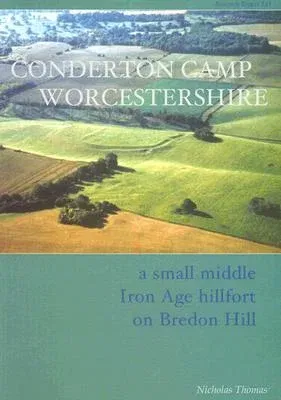Oxbow says: Three hillforts have been located on Bredon Hill in
Worcestershire, one of which is Conderton Camp, a small settlement
constructed between the late 6th and 4th century BC and abandoned by the
end of the Iron Age period. Once a classic small hillfort, possibly
serving as a central, communal meeting place and market, the site became
a fortified, permanent settlement in the Middle Iron Age. This report
publishes the findings of an earthwork survey and study of the environs
of the site, geophysical investigations and excavations carried out in
1958 and 1959, along with specialist discussions of the finds. What is
great about this volume and many like it, is that the data and factual
information is interspersed with summary discussions of the evidence,
such as the significance of the metalworking debris, what the faunal
remains can tell us about animal husbandry and diet, and the
significance of the many storage pits at the site. Aside from the
Appendices, the report concludes with an excellent summary discussion of
Conderton Camp and its people. Nicholas Thomas examines how the Camp
related to other contemporary sites and to the local landscape, what
natural resources were available and exploited, the choices and
considerations of those that built the Camp and its interior houses, how
people lived and fed themselves, what craft activities were taking
place, and speculates on Conderton's purpose, perhaps as a 'central
place' and how it was linked with other communities of the Severn
Valley. Summaries in French and German.

